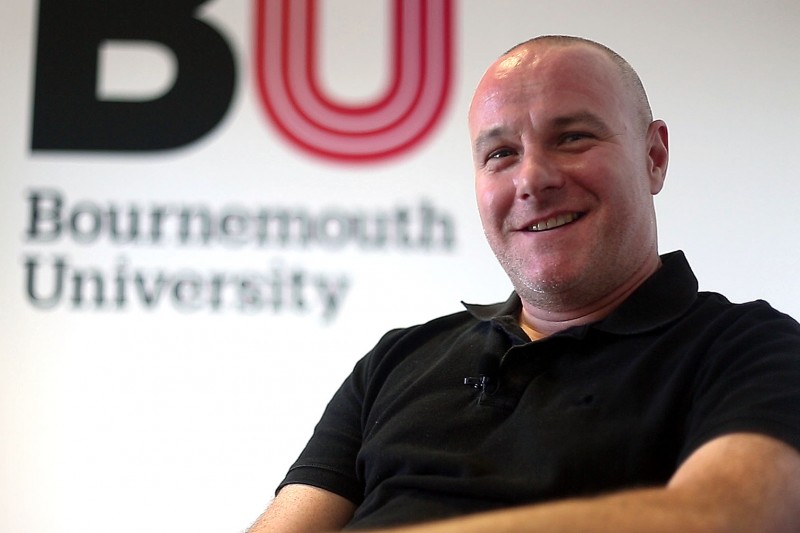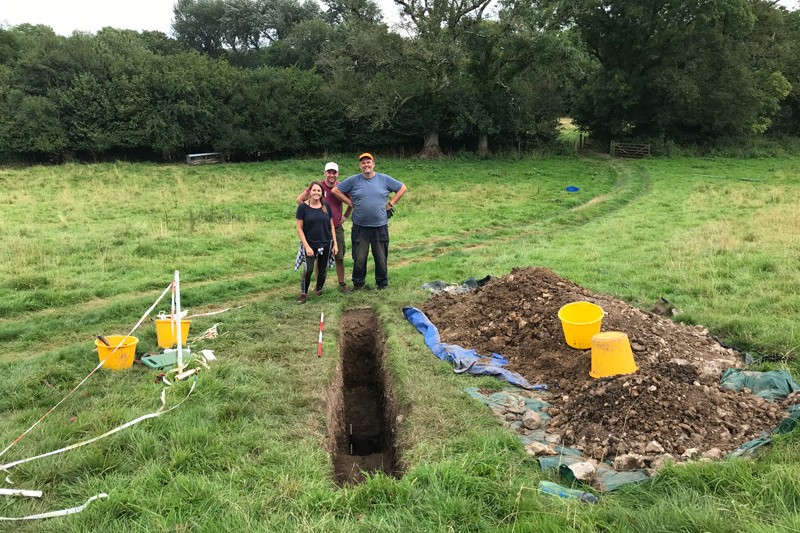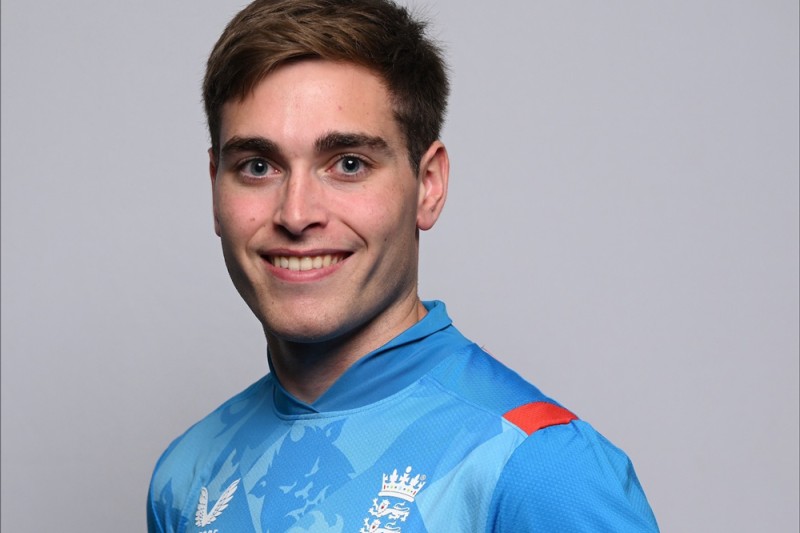This summer saw Team GB win 147 medals at the Paralympic Games in Rio – their highest total since the 1988 Games in South Korea. As in 2012, media coverage of the Games celebrated the achievements of Britain’s ‘super humans’, but now the Games have finished for another 4 years, what difference has that coverage made in the lives of people with disabilities?
Researchers at Bournemouth University, in collaboration with colleagues at Loughborough University, the University of Bath, Nottingham Trent University, and the University of Western Ontario, have been awarded a grant from the Arts and Humanities Research Council (AHRC) to find out exactly how extensive media coverage of para-sports shapes public perceptions of, and attitudes towards people with disabilities. The interdisciplinary team will be led by Professor Michael Silk, a Professor of Sport in BU’s Faculty of Management and Director of the Sport & Physical Activity Research Centre.

“How people with disabilities are treated in everyday life is influenced by the way that they’re portrayed in the media, but there is very little evidence to explain exactly how the visibility of para-sport athletes makes a difference to the everyday lives of people with disabilities,” explains Professor Silk, “There is a need to find out how para-sport broadcasts are put together and what audiences think of such coverage. This can help us to understand how such coverage changes the way people with disabilities are treated and perceived.”
The project builds on previous research conducted at Bournemouth that explored the way athletes with disabilities were represented in the media during the 2012 Paralympic Games. This coverage celebrated athletes for their achievements as ‘super humans’. Subsequent research questions the narrative of para-athletes as ‘super-humans’ and suggests that many people with disabilities largely didn’t benefit from the legacy of the Games.”
“The coverage of the last two Paralympic Games has certainly elevated the visibility of certain types of disability,” continues Professor Silk, “and this might open the door to potential social change. Despite this, much work is needed to better understand the ways in which athletes are presented in the media and the very real barriers faced by people with disabilities when participating in everyday life.”
“To find out more about the role of Paralympic coverage in everyday life, the research addresses how different audiences make sense of this coverage. We’ll also be analysing broadcast coverage of this year’s Paralympics and talking to staff from Channel 4 – the UK’s official Paralympic broadcaster and a project partner on this research. We want to find out more about their editorial decision-making process. We’ll be sharing our findings through an exhibition and full-length documentary.”
“We’re going to be working with a wide range of people and organisations – Paralympics GB, former Paralympians, disability artists and activists to name just a few – to develop recommendations that will impact future coverage of para-sport. We want to influence para-sport coverage so that it’s inclusive, stereotype-free and makes a difference to the daily lives of people with disabilities. Ultimately we hope that our project will help to positively influence the way that para-athletes are portrayed through Paralympic broadcasts across the world.”



